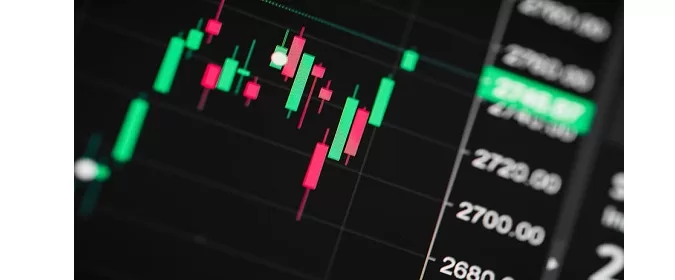Finance
Tickmill Experts Discuss Trading Market Volatility

By its very nature, the forex market is a volatile entity that often experiences significant price shifts during each 24-hour session. This is actually central to the appeal of the marketplace, which sees an estimated $6.6 trillion traded globally every single day.
This volatility has been borne out and exacerbated in the wake of the Covid-19 crisis, while the demand for relative safe-haven currencies like the US Dollar and the Japanese Yen has soared in line with global unemployment across the western world.
Of course, the derivative and margin-based nature of forex trading makes it possible to make considerable gains even in a depreciating market, particularly if you have an informed and clearly defined strategy. In the post below, we’ll offer some expert advice on how to capitalise on market volatility, while considering a viable checklist when initiating trades.
Stay Calm and Carry On – How to Thrive in a Volatile Market
When looking to execute trades and chase profits in a volatile market, a keen sense of determinism can be one of your most effective weapons.
To understand this further, you should consider the example of a Formula 1 race. Here, there’s a great deal of noise, excitement and adrenaline flowing as the action unfolds, creating a scenario where fans easily lose perspective and drivers can make ill-judged decisions under immense pressure.
Of course, it’s the best and most assured drivers that prevail in such circumstances, and ultimately retain an edge over their rivals.
The same analogy can be applied to the forex market, which is often defined by wild price shifts and high emotions during periods of intense volatility. Once again, it’s the most seasoned traders that thrive in such conditions, while those with a deterministic outlook will also fare better than others.
The reason for this is simple; as a deterministic mindset enables you to comprehend the underlying laws that govern change in the forex market, making it possible to avoid knee-jerk and emotive decisions that can undermine even the best-laid strategies.
This also helps you to embrace the notion that you cannot control the market’s movements, and instead focus on managing your own portfolio and its associated risk.
A key element of this is imposing stop-losses on your account, which enable you to automatically close positions once they’ve incurred a predetermined level of loss. This, combined with careful capital management and the capping of open positions, can afford you far greater control of your portfolio during periods of greater volatility.
Over time, you can also use your sense of determinism and strategic mindset to actively capitalise on large price swings, by forecasting targeted movements and increasing the size of your position in a bid to optimise profitability.
In this instance, you should also avoid closing your positions too prematurely, as volatile markets tend to change quickly and deliver speedier resolutions.
A Trading Checklist – The Key Elements
The evaluation of your daily trends is also key to controlling your capital, and this should be part of any trading checklist when looking to achieve sustainable success.
This is according to Tickmill expert Sophie Eliades, who also suggests that any aspiring trader should enter the forex market with carefully defined goals. These should be inherently linked to factors such as your capital holding and risk-profile, along with your trading methodology and existing knowledge base.
Preparation is also key to the execution of successful trading strategies. Eliades went on to say, “The more you define rules in your trading plan, the better control you have over your success and risk”. This should be built on a foundation of not wanting to lose your capital rather than simply pursuing large returns, as this provides a solid foundation in all market conditions.
On a final note, the execution of these plans will also be crucial when determining your success or failure.
For example, choosing the right broker in line with your desired portfolio and knowledge base in key (particularly in terms of spreads and speed), while you’ll need to ensure that you have access to the most relevant analytical tools and technical indicators.




















































